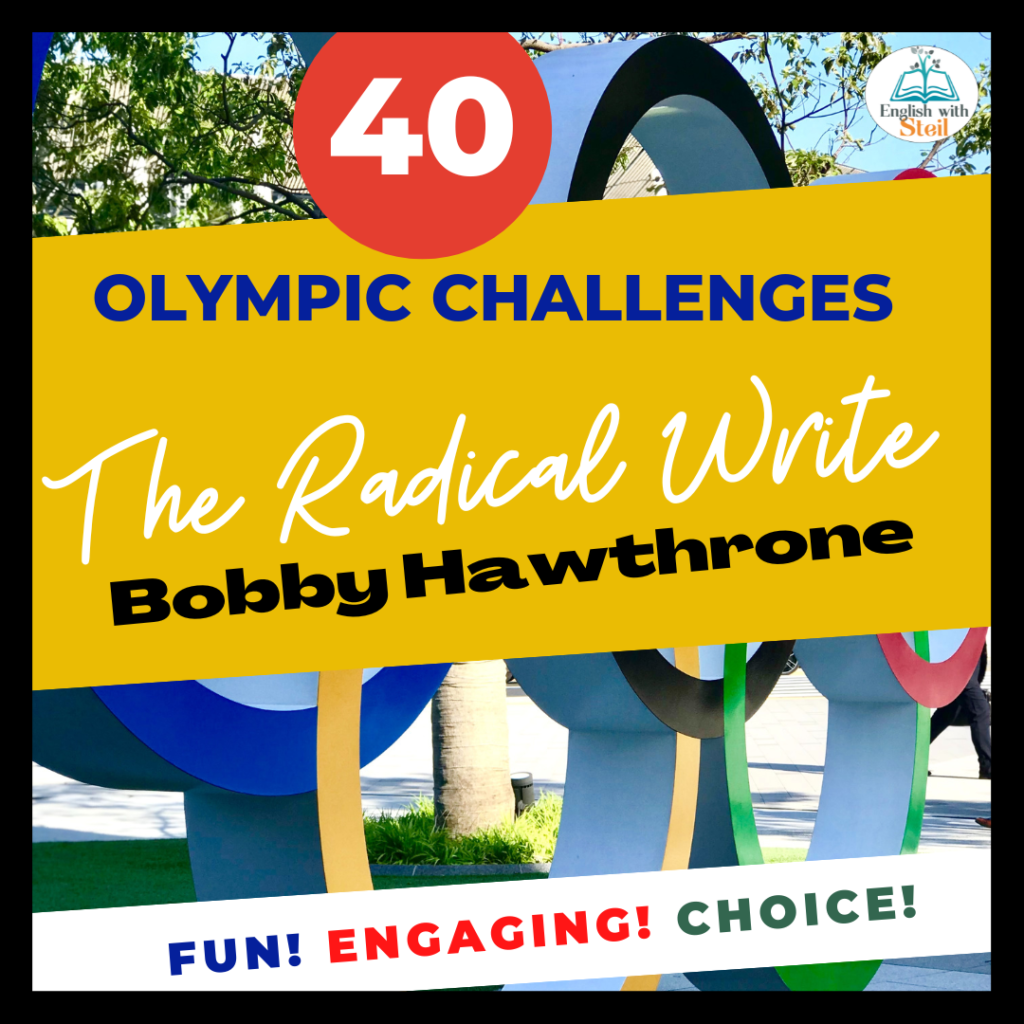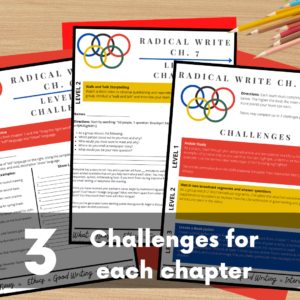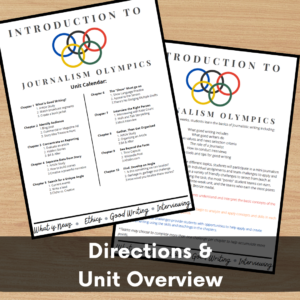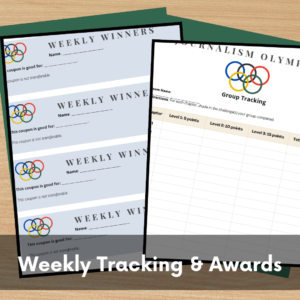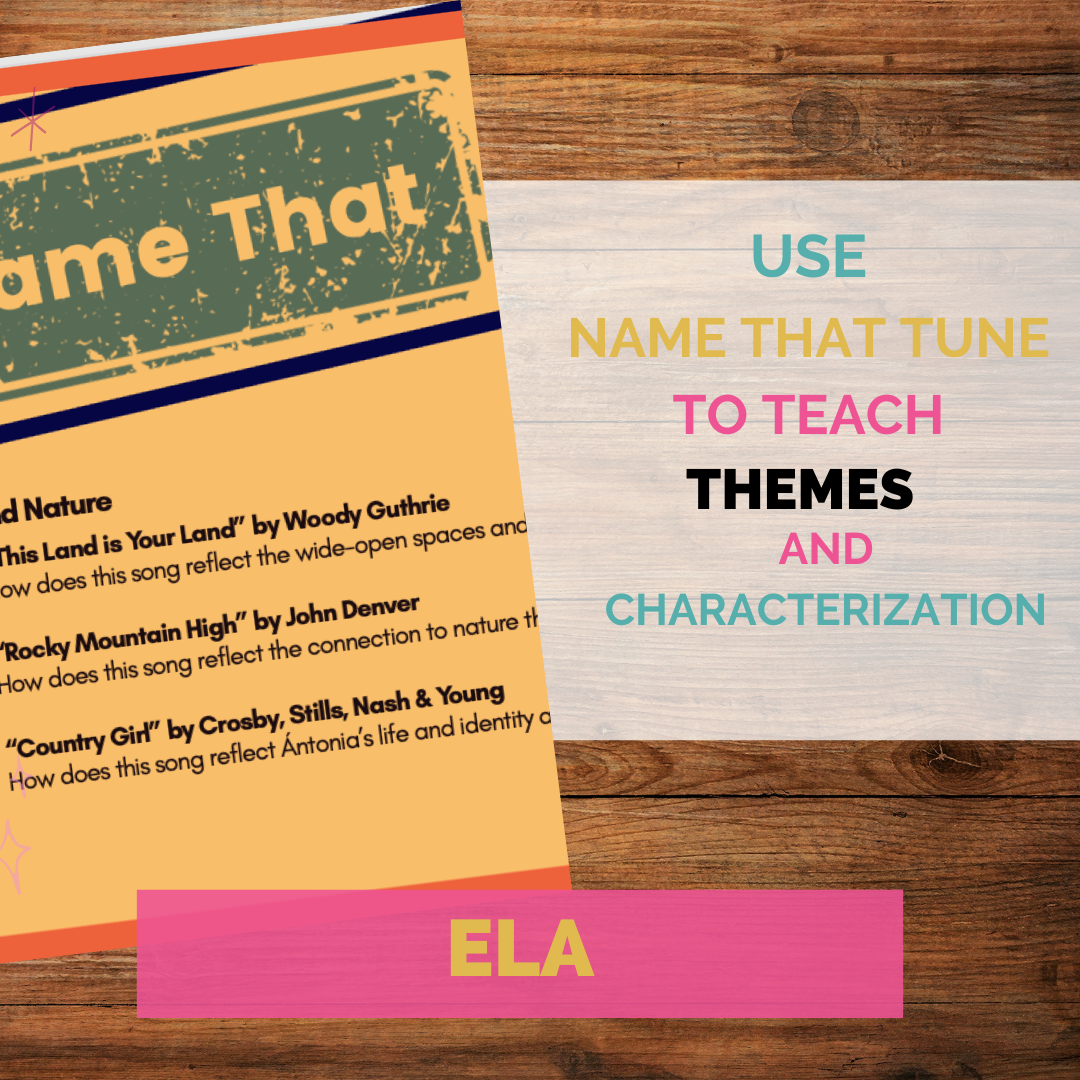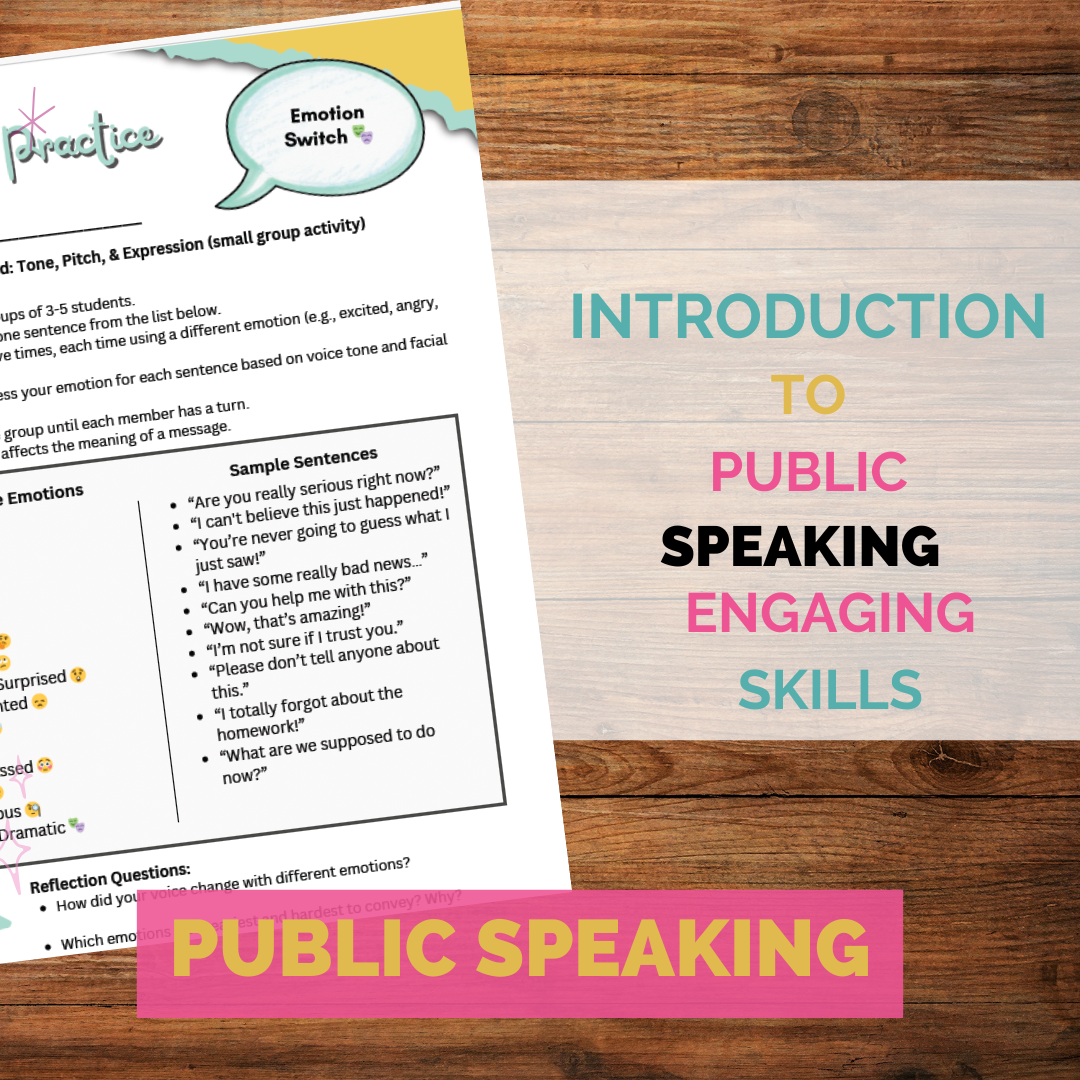If you’re looking to inspire your journalism students and elevate their writing to new heights, then mastering the art of compelling storytelling and effective communication is a must. These skills can transform the way students approach their writing. Bobby Hawthorne‘s “The Radical Write” is a fantstic text to hook students. His users student samples and a good dose of humor to engage students. Last year I created Olympic-style challenges to make accessing the book fun, while still ensuring the focus was on learning. My students loved this unit!
Fostering a Creative Mindset
At the heart of “The Radical Write” is the emphasis on creativity and the power of the written word. Hawthorne advocates for an approach to journalism that transcends the mere reporting of facts, encouraging a narrative style that captivates and engages. Teachers can harness this philosophy by encouraging students to explore topics they are passionate about, pushing the boundaries of conventional journalism. Assignments could involve writing feature pieces that delve into the human element of stories or creating multimedia projects that combine text, video, and audio to tell stories in innovative ways.
Embracing the Personal Voice
One of the core tenets of “The Radical Write” is the significance of finding and nurturing a personal voice in writing. This is a crucial lesson for young journalists, who often struggle to break free from the impersonal style characteristic of traditional news reporting. Teachers can use Hawthorne’s strategies to design exercises that help students discover their unique voices. For instance, students could maintain personal blogs as a semester-long project, allowing them to experiment with tone, style, and perspective in a less formal setting.
Introduction to Exceptional Writing
Start by giving your students a brief overview of what makes exceptional writing in journalism. Highlight the importance of crafting compelling leads, engaging narratives, and mastering the art of storytelling. Explain how these elements are crucial for capturing the reader’s attention and conveying information effectively.
How-To Tip: Share some memorable quotes from renowned journalists to give students a taste of engaging style and wit. This sets the tone for an exciting learning journey.
Step 1: Understanding Core Principles
Read and Discuss: Begin with a classroom reading of an introductory chapter or a particularly impactful section from a great piece of journalism. Discuss the main principles and why they are important for effective journalistic writing.
How-To Tip: Encourage students to take notes on key points and discuss how these principles differ from or reinforce what they’ve previously learned about writing.
Step 2: Analyzing Real-World Examples
Dive into Examples: Use real-world examples to illustrate key points. Select a few compelling articles and have students analyze them in small groups. Focus on what makes these examples effective and how they apply core writing principles.
Activity Idea: Create a worksheet that guides students through the analysis. Ask questions like: What makes this lead compelling? How does the writer use descriptive language to enhance the story?
Step 3: Hands-On Writing Exercises
Write Like the Pros: Assign writing exercises that align with the techniques you’ve discussed. For example, have students write leads using different styles—narrative, question, quote, etc.
How-To Tip: Provide clear, concise prompts that encourage creativity. For instance, “Write a lead for a story about a school event using a narrative style.”
Step 4: Peer Review and Feedback
Constructive Criticism: Peer review is a crucial part of the writing process. Have students exchange their work and provide feedback based on the principles they’ve learned.
How-To Tip: Use a peer review checklist that focuses on elements like clarity, engagement, and adherence to journalistic standards. This ensures that feedback is structured and constructive.
Step 5: Fun and Interactive Activities
Writing Challenges: Organize writing challenges where students must use specific techniques. For example, a challenge could be to write a feature story with a compelling narrative arc in 300 words or less.
Activity Idea: Create a “Writer of the Week” award to celebrate students who excel in applying the techniques. This adds a fun, competitive element to the learning process.
Role-Playing Interviews: Another engaging activity is role-playing interviews. Pair students up and have them conduct interviews based on prepared scenarios. This helps them practice asking the right questions and capturing the essence of the story.
Step 6: Multimedia Integration
Digital Storytelling: Incorporate multimedia elements into your lessons. Have students create digital stories that combine their writing with photos, videos, and graphics.
How-To Tip: Use tools like Canva or Adobe Spark to help students design visually appealing stories. This not only enhances their writing but also teaches them valuable digital skills.
Step 7: Reflect and Refine
Reflective Journals: Encourage students to keep reflective journals where they write about what they’ve learned and how they’ve applied it to their writing.
How-To Tip: Have periodic check-ins where students share their reflections. This fosters a deeper understanding of the material and allows you to address any challenges they’re facing.
Step 8: Showcase Student Work
Classroom Gallery: Create a classroom gallery or a digital portfolio where students can showcase their best work. This gives them a sense of accomplishment and motivates them to keep improving.
Final Presentation: At the end of the unit, have students present a piece of writing that they’ve revised and polished using the techniques they’ve learned. This not only reinforces their learning but also builds their confidence in their writing abilities.
The Art of Interviewing and Reporting
“The Radical Write” offers invaluable insights into the art of interviewing and the nuances of effective reporting. Teachers can translate these lessons into practical classroom activities by organizing mock press conferences or interviews with local figures. Such exercises not only refine students’ interviewing skills but also teach them to listen for the story behind the answers, a key skill in narrative journalism.
Critical Thinking and Ethical Journalism
Hawthorne does not shy away from the ethical dilemmas journalists often face. By integrating discussions on ethics into the curriculum, teachers can prepare students to navigate the complex moral landscape of modern journalism. This can include debates on topics such as privacy, bias, and the responsibility of journalists to their subjects and audience. “The Radical Write” serves as a springboard for these conversations, providing real-world examples that challenge students to think critically about their role as journalists.
Leveraging Technology
In today’s digital-first world, understanding the role of technology in storytelling is paramount. “The Radical Write” acknowledges this shift, offering strategies for leveraging digital tools to enhance journalism. Teachers can build on this by incorporating lessons on social media, digital storytelling platforms, and data journalism. This not only equips students with the skills needed for modern journalism but also encourages them to think creatively about how stories can be told and distributed.
Final Thoughts
Teaching exceptional writing skills can be an incredibly rewarding experience for both you and your students. By breaking down core principles into manageable steps and incorporating fun, interactive activities, you can help your students become more skilled and confident writers.
So, get those creative juices flowing, and watch your students transform into exceptional writers!
Happy teaching and happy writing!
